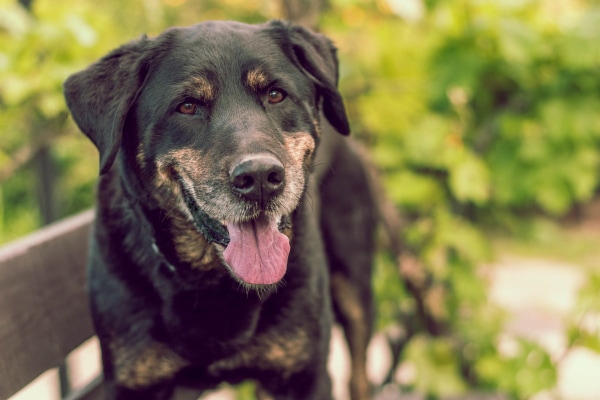The bond between humans and their dogs is undeniably strong, and often times it can be difficult to make decisions that are best for both the pet and the owner. One of the most difficult decisions that pet owners may have to make is whether to continue giving their dog Vetoryl, a medication that is prescribed for the treatment of several conditions related to the adrenal gland. Vetoryl is often used to treat Cushing’s disease in dogs, and owners may have questions about the potential risks and benefits of continuing or discontinuing the medication. This blog post will provide a comprehensive answer to the question “Can I stop giving my dog Vetoryl?” It will explore the pros and cons of stopping the medication and discuss the importance of consulting with a veterinarian before discontinuing Vetoryl.
Both healthy dogs and canines with Cushing’s disease experience significant daily variations in blood cortisol concentration. This is why a single cortisol measurement cannot be used to confirm a diagnosis. The low-dose dexamethasone suppression test and the ACTH stimulation test are the two procedures that are most frequently used to confirm a diagnosis of Cushing’s disease. It may be necessary to perform both tests.
The purpose of this website is to provide dog owners with information about Vetoryl, which their veterinarian has recommended. Vetoryl is a medication that can only be obtained with a prescription from your veterinarian. Any inquiries regarding your dog should be made to your veterinarian’s office. Vetoryl is a registered trademark of Dechra Limited.
What if I miss giving my pet the medication or my shipment is late?
If you forget to take a dose, skip it and administer it at the next scheduled time before returning to your regular dosing schedule. Never administer two doses at once or extra doses to your pet.
Do not stop this drug without consulting your veterinarian.
What if I miss a dose of my dog’s Trilostane?
Trilostane must be administered on a regular basis in order to be most effective. In other words, administer it at the same time every day (usually in the morning).
But sometimes mistakes happen, and you might overlook taking Trilostane as prescribed. Then you can usually give it to your dog as soon as you remember in that case. But if it’s almost time for the next dose, skip the missed dose and administer the next one at the scheduled time. Ask your veterinarian for guidance if you are unsure whether it is too close to the time of the subsequent dose.

Trilostane has the wonderful benefit that most dog owners observe a change in their dog’s behavior within one to two days of taking it. They might notice that their dog is no longer drinking as much water. Additionally, the dog wouldn’t be urinating as frequently as a result. Additionally, some dog owners notice that their dogs seem to pant less frequently than before.
Within 14 days of starting Vetoryl, studies show that cortisol levels start to decline and return to normal. So hopefully the Cushing’s symptoms will continue to improve if your dog regularly takes Trilostane. However, every dog will respond to Trilostane differently. This means that Trilostane’s advantages occasionally may take a little longer to manifest.
FAQ
What happens if my dog stops taking Vetoryl?
Hyperadrenocorticism symptoms may reappear if VETORYL Capsules are stopped or not taken as prescribed, as excess cortisol production may then resume.
Can Vetoryl be given every other day?
Most dogs require lifelong daily administration of Vetoryl®. How soon will my dog start to feel better after treatment?
What happens if you don’t treat Cushing’s in dogs?
Dogs with untreated Cushing’s disease typically become weaker and more lethargic over time. They are more likely to get infections, especially urinary infections, and their skin takes longer to heal from wounds. Osteoporosis has been reported.
How long can a dog live with Cushing’s disease without treatment?
Only about 10% of dogs with Cushing’s disease survive past the age of four years, according to the American Kennel Club, on average.
